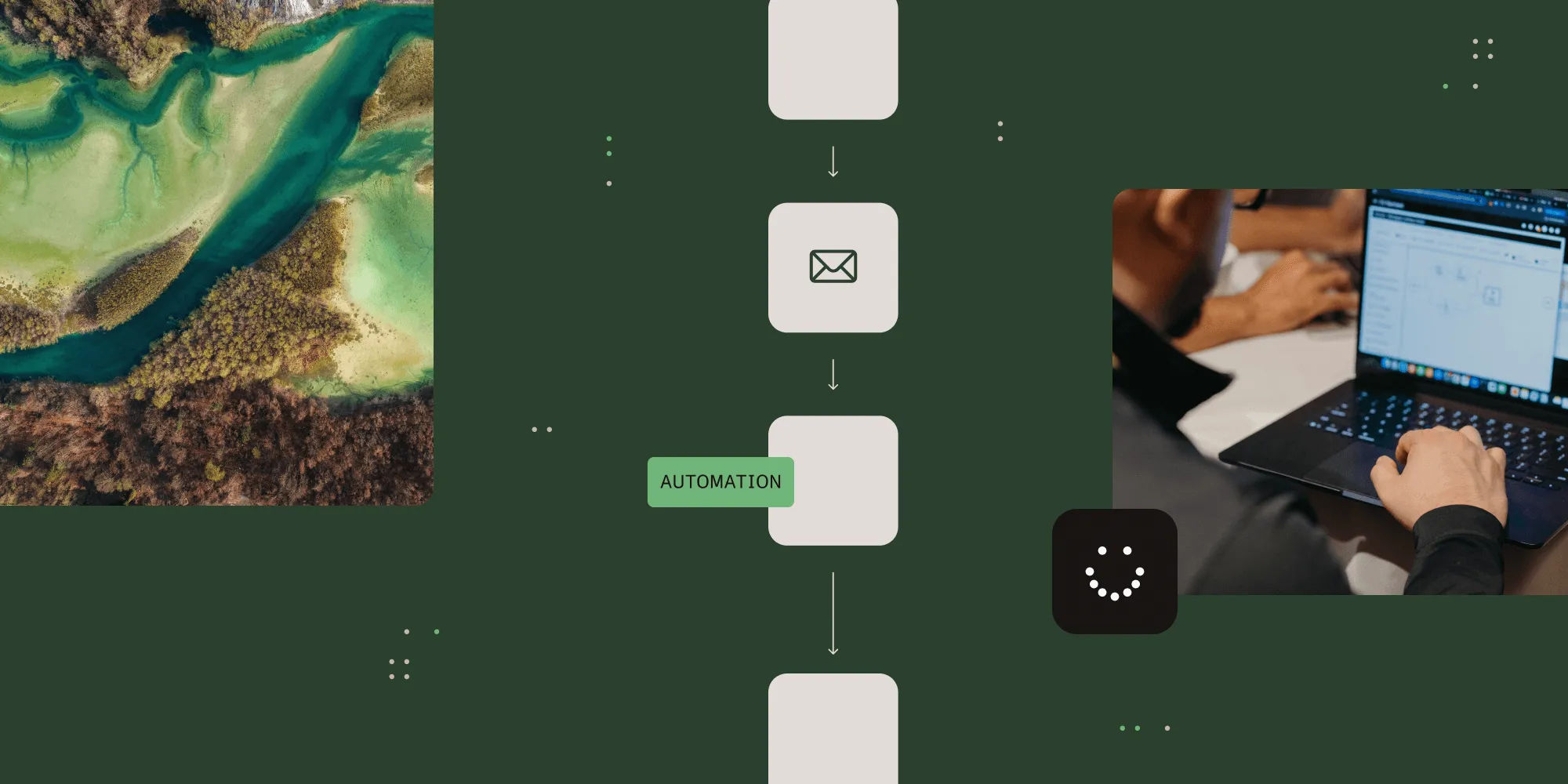BPM Guide (Part 8): From Process Diagrams to Real Process Change
Table of contents

This is a guest series by Joanne Wortman, an independent business/technology consultant and freelance writer in the NY Metro area. She has almost two decades of experience providing business process optimization, organizational change management, M&A integration, and program management across many business sectors, with a concentration in manufacturing.
Introduction
Now we need to discuss the real work of achieving process improvement. Diagrams, documentation, KPIs, metrics are all theoretical- they can only form the foundation of tangible process change. With that work in hand, there are two other important factors to consider - technology implications and the people side of change.
Technology Considerations
There are several layers of technology needs you must address to support an effective process improvement initiative.
BPM Tools
We have talked about the need for BPM tools in earlier posts. Because process management should be an ongoing organizational strength (and not a one-time improvement effort), every organization can benefit from the adoption of a BPM solution. Consider the following criteria when selecting a BPM tool:
- Ease and speed of implementation
- Learning curve and ease of use
- IT resource needs for implementing and supporting the BPM tool
- Functional depth:
- Easy visual tools for process diagramming, with the ability to capture appropriate data along with the objects in the flowchart or diagram
- Built-in process for designing, editing, approving, and publishing new processes or workflows
- Inherent workflow automation (routing and alerts, ability to capture the required complexity of your business rules)
- Data capture/forms capability to allow workflows to bridge existing enterprise application gaps
- ease of data integration from BPM data collection to other enterprise applications
- KPI tracking and reporting that provides easy to understand charts along with direct access to the underlying data for further analysis
Smaller businesses and departmental process improvement teams can take heart - there are great tools available to fit every budget in today's BPM marketplace.
Technology Requirements for Training
If you intend to make significant process changes without formal learning and training tools, you should consider some level of learning management system to:
- Host training content
- Create rich multi-media training
- Publish training schedules
- Track training module completion and student proficiency
At the very minimum, you will need a well-organized portal where your employees can easily find the latest versions of process documentation and any training materials you develop for the initial rollout, as well as an evolving knowledge base.
Enterprise Technology Requirements
I have never seen process change take place independently of technology. Process change occurs within the context of technology change or improved processes require new technology to achieve sought-after efficiency. The right BPM tool can help bridge across applications, but some process initiatives involve moving processes or workflows from one application to another. In today's enterprise software landscape, there may be several options for implementing a particular process. For example:
- Should sales orders be initiated in the CRM software or an order module of the financial system?
- Should product specifications be managed in an isolated system or in the ERP system itself?
The right answer changes over time in any business; this is why the application portfolio continuously evolves and imposes changes on business processes. If an organization grapples with these issues within the framework of a business change control board, they can find the right path forward at any given point in time.
Change Management
I have been a process geek for a long time. I love the clarity of a well-documented process, depicted in a tidy diagram that clearly shows roles, steps, decisions, hand-offs, inputs and outputs. The act of getting it all down on paper and tweaking it to perfection is a creative thrill for me. (Don't laugh!). Early in my career, I found it frustrating when my perfect process was neither clearly understood nor immediately implemented. I failed to grasp the following facts:
- Everyone has a different learning style
- There are huge differences in learning styles(opens in a new tab) across the spectrum of today's inter-generational workforce
- People can only absorb so much change within a given time period
- Change in the workplace takes place in a different personal context for each affected employee
- Change resistance takes many forms
- Change incentives are not one size fits all
- People actually grieve during the change process and there are psychological stages of acceptance
My Eureka! moment occurred when I understood that a perfect diagram cannot make a process improve until everyone involved understands and adopts the improvements. The strategies and tactics for making that happen are embodied within an organizational discipline called Change Management(opens in a new tab).
All of the process work dovetails well with the change management effort to communicate, train, and encourage adoption. It takes a different or expanded skill set to help people through process improvement, so you may want to consider training/certifying a team member in this capability or hiring short-term consulting assistance for change management.
Much has been written about change management and there are many good resources(opens in a new tab) available for education in this discipline, but here are a few key points to remember.
When communicating in advance about upcoming changes:
- Develop a formal communication plan that specifies the message contents, the author, the audience, the delivery channel and the person who will deliver each message.
- Use separate but coordinating messages for each unique audience that will be affected by the new processes
- Communicate through multiple channels as appropriate: emails, meetings (live and virtual), newsletters, posters, etc.
- Paint an honest picture of the benefits and of what you will be asking each individual to change. Employees tune out sales pitches and they deserve clear and honest answers from all levels of management.
When preparing training materials, including information on pertinent policies and how individual workflows fit within the larger business processes. Train on the best-case scenario processes as well as the most common exception cases. People are more likely to adopt new processes if they understand why the processes are changing, and where their work fits within the larger business context.
Finally, be realistic. Depending on the magnitude of your changes and the quality of your training, the first few weeks or months may be chaotic. It is likely to take some time before your KPIs hit your desired metrics.
In our next post, we will cover business process management within the context of some special business situations: mergers and acquisitions and outsourcing initiatives.







